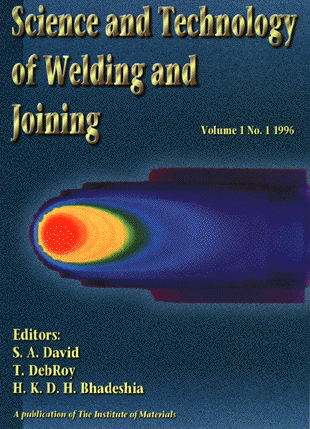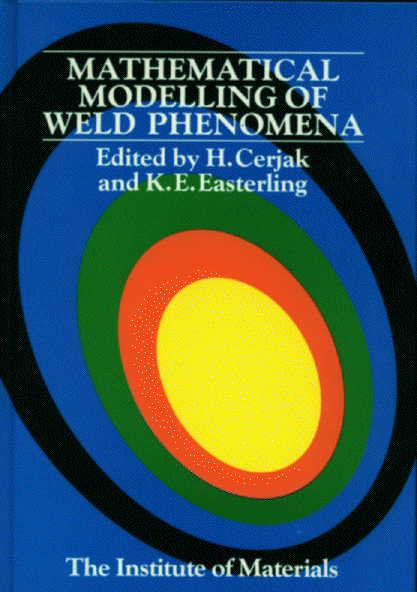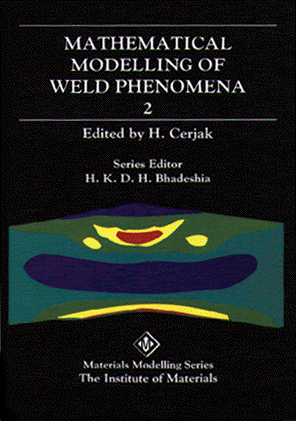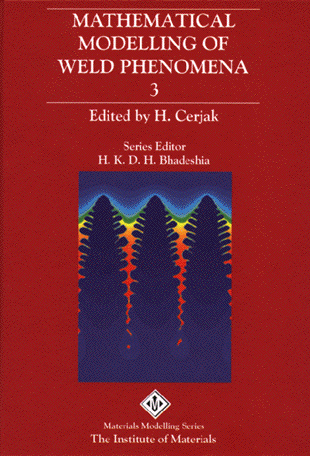
The Charpy Impact Transition Temperature for some Ferritic Steel Welds
S. H. Lalam, H. K. D. H. Bhadeshia and D. J. C. MacKay
Abstract
Body-centered cubic iron undergoes a ductile-brittle fracture transition as a function of temperature. A
common way of describing the Charpy toughness is to measure the temperature T27J corresponding
to a particular value of absorbed energy. Extensive data on variations in T27J as a function of the
microstructure and weld metal composition have recently been published along with a linear regression analysis.
In the present work we show that it is possible to infer more meaning from the data by using a neural network
(non-linear regression) analysis. The software associated with this work is available on the world-wide-web.
Australasian Welding Journal, Vol. 45, 2000, pp. 33-37.
Download PDF file of paper (2 Mbytes)
Download Postscript file of paper (4 Mbytes)
Download Tex file of paper (2 kbytes)



|
A journal founded and edited by
S. A. David, T. Debroy and H.K.D.H. Bhadeshia
Published by The Institute of Materials, London, since 1996
|

|
Mathematical Modelling of Weld Phenomena
Eds. H. Cerjak and K. E. Eastering
Institute of Materials, London, 1993
|

|
Mathematical Modelling of Weld Phenomena 2
Edited by H. Cerjak
Series Editor H.K.D.H. Bhadeshia
Institute of Materials, London, 1995
|

|
Mathematical Modelling of Weld Phenomena 3
Edited by H. Cerjack
Series Editor H.K.D.H. Bhadeshia
Institute of Materials, London, 1997
|

|
Mathematical Modelling of Weld Phenomena 4
Edited by H. Cerjack
Series Editor H.K.D.H. Bhadeshia
Institute of Materials, London, 1998
|







